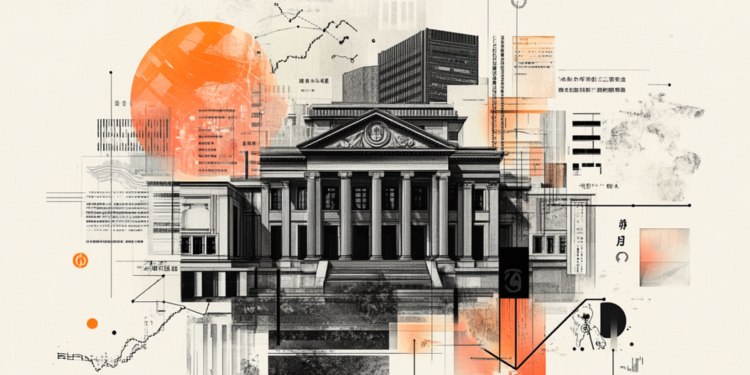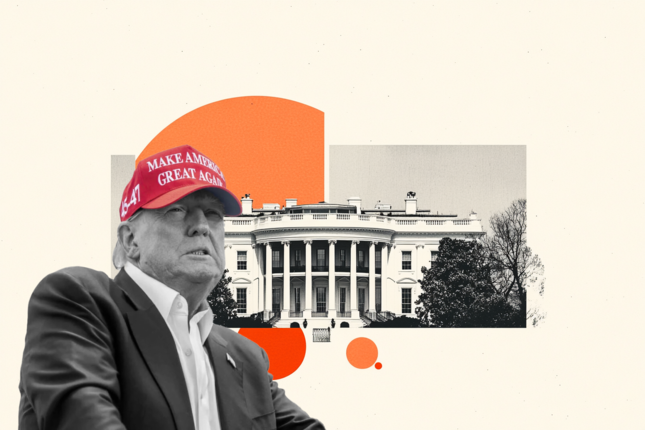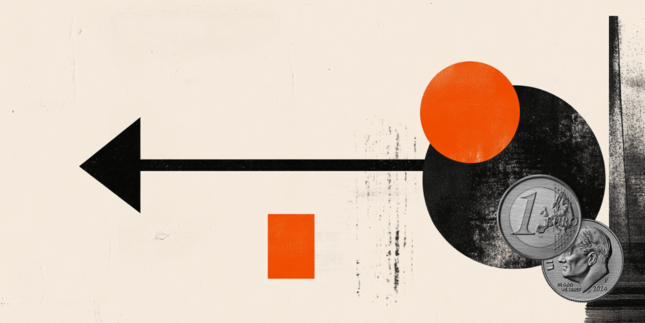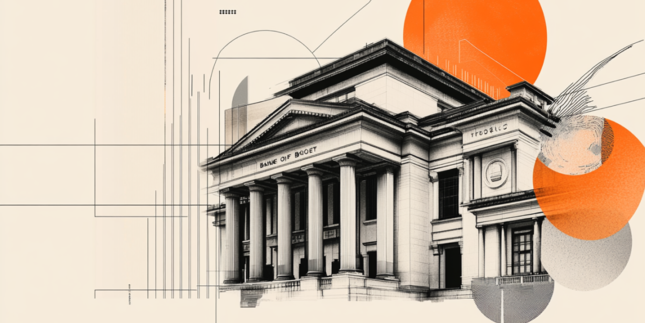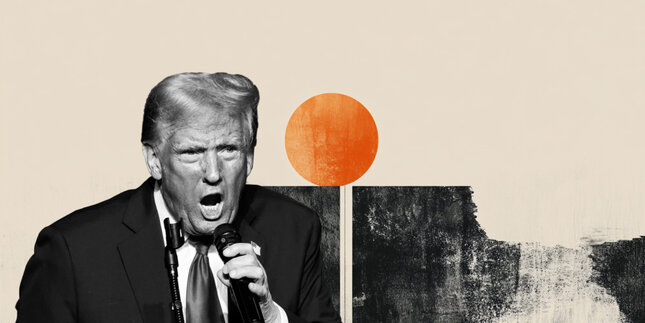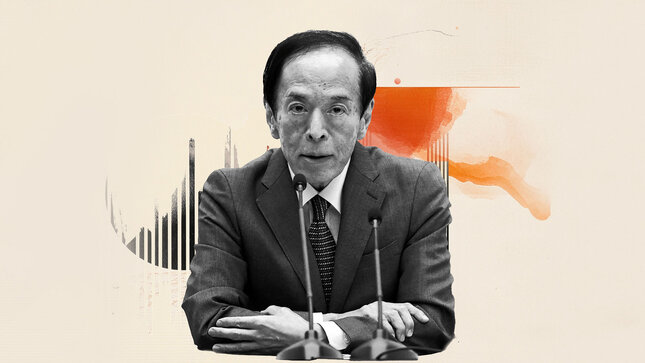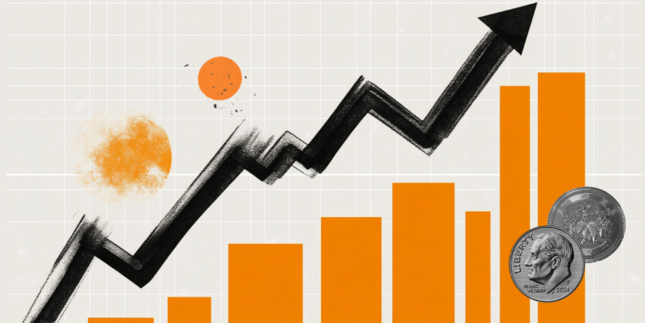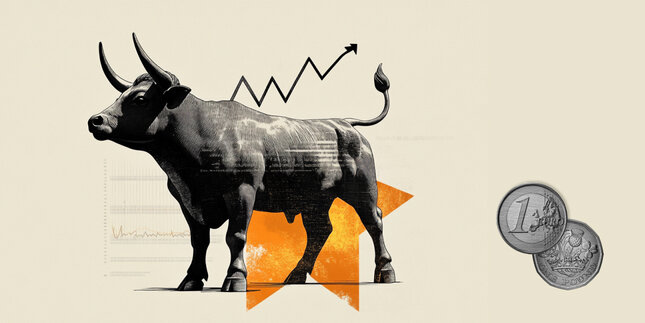BoJ's Ueda: Uncertainty from trade policies heightened sharply
Bank of Japan (BoJ) Governor Kazuo addresses a press conference on Thursday, explaining the Bank’s decision to maintain the interest rate at 0.50% for the second consecutive meeting.
Additional quotes
- Uncertainty from trade policies heightened sharply.
- Report compiled based on the assumption that global supply chain disruption would be avoided.
- Japan's economy is recovering moderately, although some weak moves are seen.
- Japan's economic growth likely to moderate.
- Must pay due attention to financial, fx markets, impact on Japan's economy, prices.
- BoJ expected to keep raising rates if economy, prices move in line with projections.
- To judge whether outlook will be achieved without any preconception.
- Trade policies announced in each region likely to push down economies.
- Expect underlying inflation to cool down due to tariffs, slow global growth.
- Economic, price projections could change vastly depending on how countries deal with US tariffs.
- Virtuous cycle of wages and prices will continue due to continued labour shortages.
- Outlook is not as certain as it was before.
- Timing of underlying inflation to achieve 2% goal will be somewhat delayed.
- Difficult to judge when likelihood of achieving underlying inflation goal, will be flexible in policy response.
- If big change to tariff policy, that would affect monetary policy outlook.
- Economy roughly on track so far.
- Monetary policy operations done through controlling short-term rates
- Our projections factor in some progress in tariff negotiations.
- Mid-term evaluation of JGB buying would suggest plans after april 2026.
- 'Not simple' in achieving underlying inflation target as before.
- Fair amount of possibilities of revising our outlook based on data.
- Board members including me generally assuming that reciprocal tariffs would not be at either extreme.
- Expect US tariffs to be above the base 10% levied.
- There is a high possibility of revising our outlook depending on various assumptions and data because certainty of outlook is low.
- There are some degree of possibilities of prices overshooting our central forecast.
- Hard to make decision now on response to situations resembling stagflation.
- Hard to say when degree of uncertainty on tariffs would come down.
- Uncertainty around tariff impact on economy remains high even after tariffs are finaliszd.
- It is not that we have to wait until winter time bonuses, spring wage talks to decide about anything.
- Still under consideration on ETFs.
- US has said it wants to finish tariff negotiations within 90 days, that would be one marker.
- Even when US tariffs are decided, the impact would be hard to read.
- Timing of next rate hike could be swayed a lot depending on impact of tariffs on economy.
- Tariffs could negatively affect corporate profits, and affect winter bonuses and wage negotiations next year.
- But it doesn't mean we have to wait for all of that to be clear to make a policy decision.
- Timing of trend inflation does not necessarily correlate with timing of rate hike.
Market reaction
USD/JPY remains strongly bid following these comments. The pair was last seen trading 0.98% higher on the day near 144.30.
Bank of Japan FAQs
The Bank of Japan (BoJ) is the Japanese central bank, which sets monetary policy in the country. Its mandate is to issue banknotes and carry out currency and monetary control to ensure price stability, which means an inflation target of around 2%.
The Bank of Japan embarked in an ultra-loose monetary policy in 2013 in order to stimulate the economy and fuel inflation amid a low-inflationary environment. The bank’s policy is based on Quantitative and Qualitative Easing (QQE), or printing notes to buy assets such as government or corporate bonds to provide liquidity. In 2016, the bank doubled down on its strategy and further loosened policy by first introducing negative interest rates and then directly controlling the yield of its 10-year government bonds. In March 2024, the BoJ lifted interest rates, effectively retreating from the ultra-loose monetary policy stance.
The Bank’s massive stimulus caused the Yen to depreciate against its main currency peers. This process exacerbated in 2022 and 2023 due to an increasing policy divergence between the Bank of Japan and other main central banks, which opted to increase interest rates sharply to fight decades-high levels of inflation. The BoJ’s policy led to a widening differential with other currencies, dragging down the value of the Yen. This trend partly reversed in 2024, when the BoJ decided to abandon its ultra-loose policy stance.
A weaker Yen and the spike in global energy prices led to an increase in Japanese inflation, which exceeded the BoJ’s 2% target. The prospect of rising salaries in the country – a key element fuelling inflation – also contributed to the move.
Forex News
Keep up with the financial markets, know what's happening and what is affecting the markets with our latest market updates. Analyze market movers, trends and build your trading strategies accordingly.
